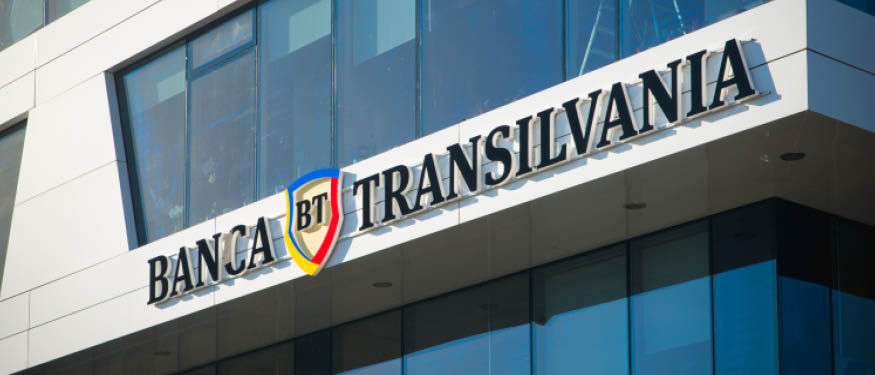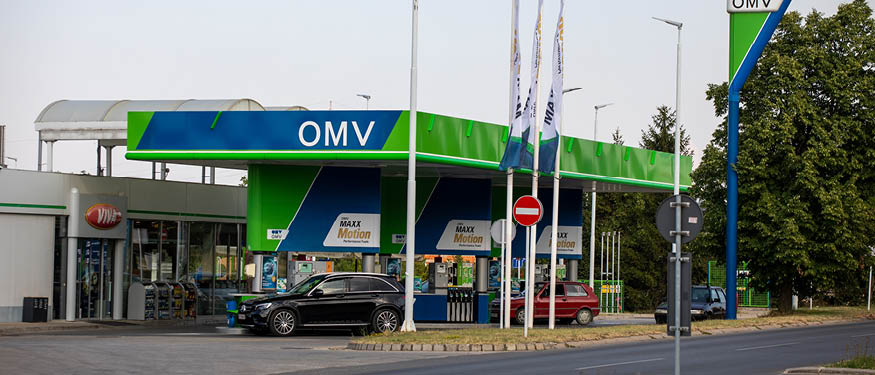Over the past years, Slovenian businesses have increasingly turned their attention to the Western Balkans, identifying the region as a promising hub for investment and expansion. Ketler & Partners Partner Kevin Rihtar, Kavcic, Bracun & Partners Managing Partner Matej Kavcic, MP Law Partner Marko Prusnik, and Senica & Partners Managing Partner Katarina Kresal discuss key sectors of interest and examine the strategic advantages the Western Balkans offer to Slovenian enterprises.
A Strategic Hub
In recent years, Slovenian businesses have increasingly recognized the Western Balkans as “a region ripe with potential for investment and expansion,” Rihtar emphasizes. “This evolution is characterized by a significant rise in direct investments, cross-border partnerships, and joint ventures. The Slovenian government, along with various financial institutions, has facilitated this growth through supportive policies, bilateral agreements, and trade missions aimed at fostering economic ties.”
There has been steady growth in terms of both Slovenia’s export of goods and Slovenian direct investments in the Western Balkans, according to Kavcic. “From 2019 to 2023, exports increased by nearly 50%, from approximately EUR 5.08 billion to EUR 7.14 billion. This significant increase occurred despite a slight overall decline in total exports compared to 2022, driven by the energy crisis and a reduction in pharmaceutical exports. Croatia stands out as a key market, with exports to Croatia representing over 10% of Slovenia’s total exports, making it the third-largest export destination.” As for direct investments, Kavcic highlights that “among the top five recipients of Slovenian outward direct investments, four are former Yugoslav republics. Croatia is the largest recipient, accounting for more than 34% of all Slovenian outward direct investments.” Overall, Kavcic highlights that Slovenian outward direct investments have exceeded “EUR 6 billion, marking a 33% increase since 2019.”
“A Natural Partner”
As for the main factor behind this interest, “this evolution is largely driven by Slovenia’s strategic interest in the region, historical ties, and the opportunities presented by the developing markets in the Western Balkans,” Prusnik explains.
For Kavcic, “shared history, geographical proximity, and cultural and linguistic familiarity make South-Eastern Europe a natural partner for Slovenian businesses,” with Kresal adding that “the Western Balkans have been experiencing steady economic growth, improving infrastructure, and increasing integration with the European Union. These factors create a conducive environment for business operations and investments. Slovenian companies have capitalized on these opportunities by expanding their operations in various sectors, including manufacturing, retail, banking, finance, and energy.”
“Slovenia’s stance in relation to the accession of several Western Balkan countries to the EU has also probably contributed to the evolution of such investments and cooperation,” Rihtar continues. “For example, the Bled Pledge, the intention that the EU and the Western Balkans should be ready for enlargement of the EU by 2030, shows further signs of stability and commercial prosperity in the region.”
Winning Investments
The most important sectors that dominate investments flowing through the Western Balkans via Slovenia, according to Kavcic, include “inter alia, wholesale, retail trade and repair of motor vehicles, manufacturing, mineral fuels, oils, and their products, and financial and insurance activities.”
“Energy projects, particularly renewable energy, have seen substantial Slovenian investment,” Rihtar notes. “Some large Slovenian companies are even key players, focusing on wind, solar, and hydroelectric power projects.” Kavcic agrees, adding that “Slovenia’s Petrol has become one of the largest retailers in Croatia, making the largest acquisition in the company’s history by acquiring the Croatian retail company Crodux, thereby almost doubling its market share in the retail sector in Croatia. Additionally, Petrol is active in the distribution and sale of natural gas, with the acquisition of Adria Plin and Zagorski Metalac.”
Kresal draws attention to the manufacturing sector. “Gorenje, a major Slovenian home appliance manufacturer, has established production facilities in Serbia,” she says. “The company has historically been a significant player in the region and continues to invest in expanding its operations. Gorenje’s presence in Serbia allows it to leverage lower production costs and access a large consumer market.”
Another notable Slovenian investment, according to Prusnik, is “Mercator’s continued expansion of its retail network, focusing on modernizing stores and logistics to enhance customer experience and operational efficiency.” Kresal adds that “despite being acquired by Croatian company Agrokor (now Fortenova), Mercator remains a key player in the retail sector across the Western Balkans, maintaining a strong market presence. Mercator’s extensive network of stores and its established brand reputation make it a dominant force in the region’s retail market.”
Additionally, multiple Slovenian private equity and venture capital funds are investing in the Western Balkans, according to Prusnik, “with ALFI Funds being by far the most active Slovenian funds in the region. Notably, the Logins (Samo Login, creator of Talking Tom) are making significant investments in food production in Macedonia, and the Sesok family, through their company Iskra, is heavily investing in logistics and shipbuilding in the region.”
Rihtar and Kresal also highlight Slovenian activities in the banking and finance sector. “Banks with their presence in Slovenia have expanded their operations in the Western Balkans, offering a range of financial services and products,” Rihtar notes. Kresal points to NLB as a specific example, noting that “NLB has expanded significantly in Serbia by acquiring Komercijalna Banka, the third-largest bank in Serbia. This acquisition is part of a broader strategy to strengthen NLB’s position in the Western Balkans.”
Finally, Kresal highlights life sciences, saying that “Krka, a leading pharmaceutical company, has been expanding its production capabilities in the Balkans, particularly focusing on Serbia and Croatia. The pharmaceutical sector’s growth potential in the region, driven by increasing healthcare needs and rising consumer demand for quality medicines, makes it an attractive investment destination for Krka.”
Placing Bets on Green Energy and Tech
Looking ahead, Rihtar remarks, “there are several high-profile Slovenian investments that are currently underway in the Western Balkans, including in relation to energy projects in North Macedonia and Serbia, investments in logistic capacities in Serbia as well as several others.”
Prusnik and Kresal highlight, that emerging trends in the region show a marked shift toward investments in renewable energy sources and sustainability. “Slovenian companies are increasingly focusing on wind, solar, and hydroelectric projects, driven by both regional energy needs and EU sustainability goals,” Prusnik notes. “For example, Petrol has constructed the Glunca and Ljubac wind farms in Croatia, with capacities of 20.7 megawatts and 32.4 megawatts, respectively,” Kresal adds. “Additionally, Petrol is developing one of the largest solar power plants in the region, showcasing their commitment to sustainable energy projects. This focus on renewable energy is driven by the global shift towards sustainability, the region’s renewable energy potential, and supportive government policies.”
Furthermore, “there is growing investment in IT and digital infrastructure, with Slovenian firms playing a significant role in the development of digital services and e-commerce platforms,” Prusnik emphasizes. Rihtar adds that “Slovenian investors are increasingly interested in the tech and digitalization start-up scene in the Western Balkans, recognizing the potential for high returns in a burgeoning digital economy. Additionally, sectors such as healthcare – including AI in healthcare, and pharmaceuticals are gaining traction due to the increasing demand for medical services and products.”
In terms of specific locations, Kavcic notes that “Serbia is emerging as one of the most attractive countries for Slovenian investments. The number of Slovenian investments in Serbia is increasing, with companies citing a business-friendly environment characterized by shorter bureaucratic procedures, fewer labor shortages, and more favorable tax conditions. Although Croatia remains the largest recipient of Slovenian outward direct investments, it is noteworthy that over half of these investments are by households in real estate. In contrast, Slovenian outward direct investments in Serbia nearly doubled in recent years, rising from EUR 938.9 million in 2019 to EUR 1.73 billion in 2022.”
This article was originally published in Issue 11.7 of the CEE Legal Matters Magazine. If you would like to receive a hard copy of the magazine, you can subscribe here.
















